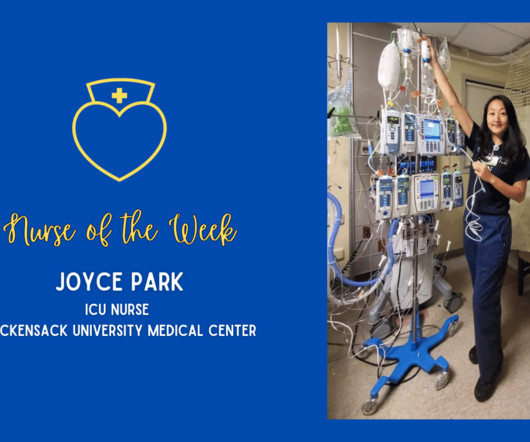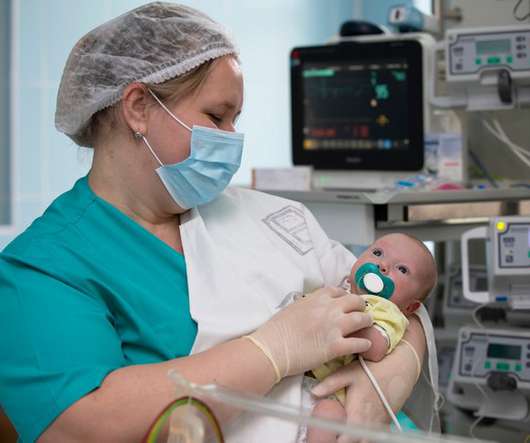NJ ICU Nurse Joyce Park Saves Life of Car Accident Victim
Daily Nurse
NOVEMBER 8, 2023
Her chest compressions were successful, and she resuscitated him after about 30 seconds. He woke up screaming, ‘I’m OK, I’m OK. ’” Park continued to check his vital signs as the police arrived. She methodically began performing CPR on the victim. Then he came back to life,” she says. “He The man was conscious, alert, and well.














Let's personalize your content